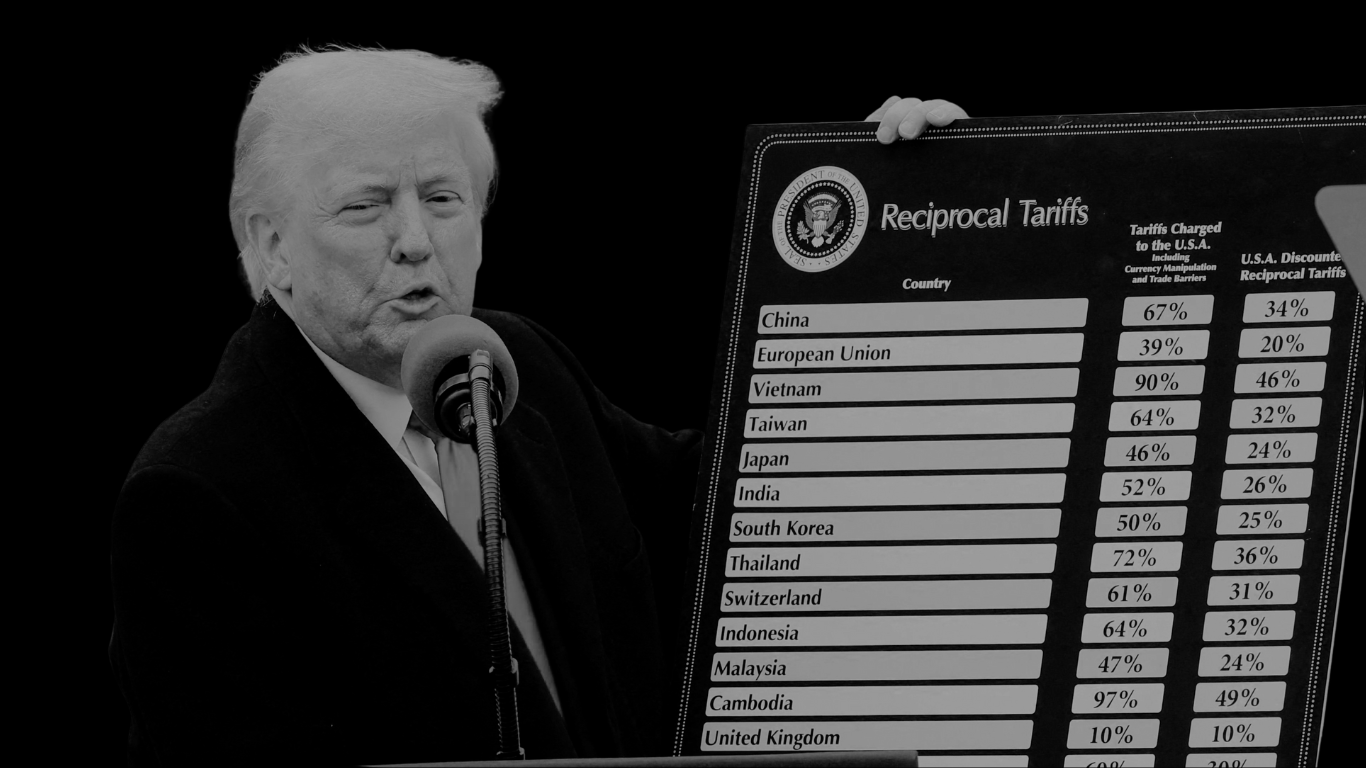You may be tired of hearing that MTD has been a requirement for businesses with an annual turnover of £85, 000+ since 2019. However, as of 1st April 2022, all non-exempt VAT registered businesses will have to comply with MTD. This means they will have to go digital via a viable platform in terms of storing their VAT accounting records. After a further postponement to self-employed individuals and landlords, by 6th April 2026 it will be requirement for all for all businesses or landlords with property income exceeding £50,000 a year to file their ITSA (Income Tax Self-Assessment) via MTD. For those with an income between £30,000 and £50,000, MTD regulations will apply from April 2027. The deadline requirement for partnerships still remains 6th April 2025.
Should HMRC view your accounts after 1st April 2022 and MTD isn’t set up, HMRC could sanction a £400 fine. This is for failure to submit under MTD regulations.
Here’s what you need to know regarding MTD and the pushed back April 2026 deadline…
Who Needs To Register For Making Tax Digital (MTD)?
After MTD was first announced back in 2019, there have been numerous stumbling blocks which have led to deadlines being extended in the wake of the COVID-19 pandemic. This has led to many SME businesses feeling underprepared and under pressure to go digital before the deadline strikes. According to a QuickBooks survey, 82% of all VAT registered businesses are still unaware of the requirement coming into force. As well as this, only a third of businesses actually know what to do and feel confident of meeting the deadline. These worrying statistics has led to the overall perception that HMRC haven’t done enough in promoting and educating the public on MTD.
In order to be compliant, you will need to register for MTD via the dedicated government portal. However, it’s worth noting that this cannot be done less than five days before your accounts are due. This means for those that haven’t already registered, 27th March was the final day. You will need:
- Your business email address
- Government Gateway user ID and password – if you do not have a user ID, you can create one when you use the service
- Your VAT registration number and latest VAT return
- Your National Insurance number if you’re a sole trader
- Your company registration number and Unique Taxpayer Reference if you’re a limited company or registered society
- Your Unique Taxpayer Reference and the postcode where you’re registered for Self-Assessment if you’re a general partnership
- Your Unique Taxpayer Reference, the postcode where you’re registered for Self-Assessment and your company’s registration number if you’re a limited partnership
What Software Is Best For Making Tax Digital (MTD)?
You will also be legally required to state which accounting software used to file and submit VAT returns. It’s highly recommended you do your research beforehand, as there are so many different software and platforms on the market. The main, and most popular platforms, are Xero, QuickBooks, Sage, Kashflow and FreeAgent.
At Nordens, our dedicated Cloud Accounting department can help with this as well as check beforehand you are subscribing to an MTD-compatible software package for VAT before purchasing. MTD-compatible software means that the accounting platform chosen directly integrates and provides information to HMRC. This maintains all digital records mandated by the new regulations.
The software must also calculate:
- The amount of VAT you pay on your products and services (both supplied and received)
- The source of your VAT transactions
- Any adjustments made to your VAT tax returns
If I Don’t Need To, Should I Not Register For Making Tax Digital (MTD)?
Mandation of MTD for ITSA will not be extended to general partnerships in 2025 as previously announced. That means the next scheduled phase of the MTD scheme is for income tax self-assessment (ITSA), which will now happen in April 2026 and will apply to taxpayers who file Income Tax Self Assessments for business or property income equating to £50,000 or more a year. For landlords and self-employed individuals with incomes between £30,000-£50,000, MTD will become requirement from April 2027.
Nordens’ Tax Manager, Adam Truluck, believes, “This is yet another postponement to MTD which has caused a great level of stress to many businesses. By continually pushing back the deadline, it makes the possibility of a complete scrappage of MTD a likely outcome. Understandably, HMRC have got their work cut out on all sorts of things but MTD has long been seen as a productive method to allign tax administration whilst benefitting businesses and individuals with key information that can help promote growth and insight. If HMRC aren’t careful it’s going to get to the point where no matter what accountants do to educate people on MTD, no taxpayer is going to be ready for it. This will be due to not taking it seriously and not believing MTD will actually be enforced.”
Despite many individuals and businesses not needing to register for MTD until the near future, it’s highly recommended to get your affairs in order and register now. The importance extends beyond the fact that soon it will be legal requirement for every business, partnership and sole trader, in that everyone should be embracing the technology on offer.
By transitioning to MTD, businesses and individuals will have access to Real Time Information (RTI) which can be of huge value in terms of better decisions being made to execute growth and increased profitability. From a forecasting and logistics angle, being exposed to this data is a huge benefit to business owners and when used right can seriously take the business to the next level.
We hope this has outlined to you what is needed ahead of the respective MTD deadline for your business or trade. If you require any more information on MTD or anything accounting related for that matter, please don’t hesitate to get in contact with us at Nordens where one of our trusted advisors would be happy talking you through your query.









































































































































































































































































































































































































































































































